Scientific report published
BGS was requested by the UK Government to address six questions related to recent scientific research on the hazard and risk from induced seismicity during hydraulic fracturing of shale rocks.
22/09/2022 By BGS Press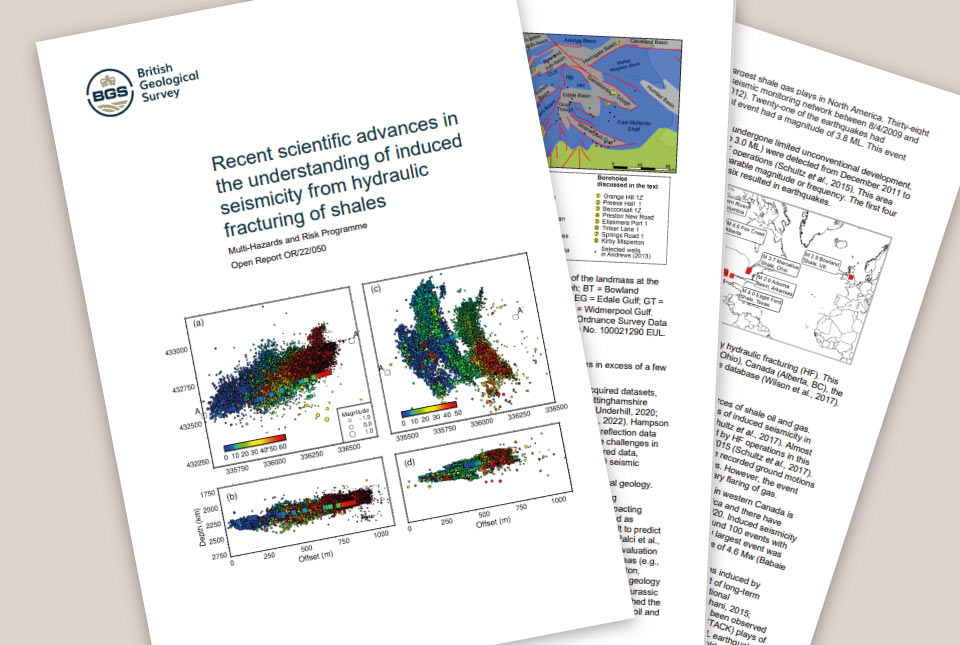
BGS submitted the report ‘Recent scientific advances in the understanding of induced seismicity from hydraulic fracturing in shales’ to the UK Government on 5 July 2022. This was in response to a Government request for a review of new scientific evidence focusing on the period from November 2019 until the present.
The report has been externally peer-reviewed by independent experts both within and outside the UK. The report draws on existing peer-reviewed data and research from academic journals, as well as on information from relevant technical reports from regulators and public bodies.
The UK Government requested BGS address six questions related to recent scientific research on the hazard and risk from induced seismicity during hydraulic fracturing of shale rocks. For more information about these questions, please refer to the letter from the Secretary of State.
This report concludes that forecasting the occurrence of large earthquakes and their expected magnitude is complex and remains a scientific challenge. As a result, our ability to evaluate and mitigate risks from hydraulic fracturing-induced seismicity and predict the occurrence of larger earthquakes during hydraulic fracturing operations is also a challenge.
This report also concludes there are new seismic data analysis methods that could help to manage the risk of seismic activity from hydraulic fracturing in shales. Further work is needed to develop these methods and incorporate them in risk assessments.
If you have any enquiries on the findings of the scientific report, please email our Press Office.
If you have any other queries then please contact the BEIS press office.
Further information about our research is also available on our website:
Frequently asked questions
BGS submitted the report ‘Recent scientific advances in the understanding of induced seismicity from hydraulic fracturing in shales to the Department of Business, Energy & Industrial Strategy on 5 July 2022. The report was prompted by a Government request for BGS to conduct a review of science about seismic activity associated with hydraulic fracturing of shales to extract hydrocarbons, focusing on work published between November 2019 and the present.
BGS was requested by the UK Government to address six questions related to recent scientific research on the hazard and risk from induced seismicity* during the hydraulic fracturing of shale rocks. More information about these questions can be found in a published letter from the Secretary of State of the Department of Business, Energy & Industrial Strategy.
*induced seismicity: earthquakes that are caused by human activity, such as hydraulic fracturing and mining.
In order to answer the questions set out by the Secretary of State of the Department of Business, Energy & Industrial Strategy, the report draws on existing data and peer-reviewed research from academic journals and information from relevant technical reports from regulators and public bodies. This includes:
- published examples of induced seismicity related to hydraulic fracturing
- analytical and numerical modelling studies
- geological investigations
- hazard and risk assessments
- our wider understanding of earthquakes in general
No drilling of any further test wells or seismic monitoring took place.
This report has been externally peer-reviewed by independent experts within and outside the UK. The peer-review process was required to independently assess the quality and validity of the work.
The report set out to answer the questions set out by the Secretary of State for the Department of Business, Energy &Industrial Strategy. The report also sets out recommendations where further study is needed.
This report concludes that forecasting large magnitude earthquakes and understanding the mechanisms behind earthquake occurrence remain a scientific challenge. This is the case for tectonic, natural and induced earthquakes.
This report also concludes that methods have been developed that use geological and geophysical data, including real-time analysis of operational data. These methods may help evaluate the potential for induced seismicity and therefore better manage risks both before and during hydraulic fracturing operations. More work is needed to develop these methods and incorporate them into risk assessments. Further research to bring new insights that may reduce uncertainties and improve the mitigation of risks is also required.
A full summary and further information about the scientific content of the review is included within the report.
The report submitted to the Department for Business, Energy & Industrial Strategy answers six specific questions from the terms of reference related to recent scientific research on the hazard and risk from induced seismicity during hydraulic fracturing of shale rocks. While this may help inform any decision about the lifting of the moratorium, our report does not make any conclusions about whether the moratorium should be lifted.
The report concludes that more measurements from boreholes in areas of shale gas potential will improve assessment of risks prior to, and during any hydraulic fracturing operations. For example, recent research demonstrates the importance of geomechanical modelling to identify the faults that are most likely to rupture during operations. These models require accurate mapping of subsurface faults, robust estimates of stress state and formation pore pressures, and knowledge of the mechanical properties of subsurface rocks.
Relative topics
Related news

GSNI project wins multiple awards at RegioStars event
17/10/2025
The AGEO project enjoyed a double success at the RegioStars awards, hosted at the European Commission in Brussels.
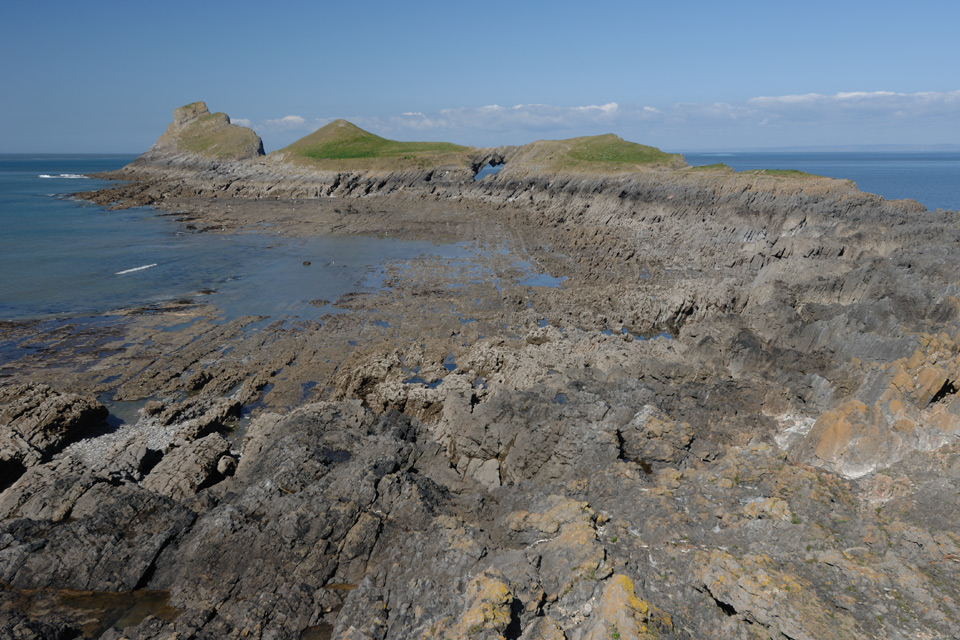
Extended seabed geology map of the Bristol Channel published
07/10/2025
BGS has released significantly extended high-resolution maps that will support offshore green-energy initiatives in the area.

Dr Angela Lamb appointed as honorary professor by the University of Nottingham
02/10/2025
Dr Lamb will take up the position of honorary professor of environmental geochemistry, with a focus on collaborative research.
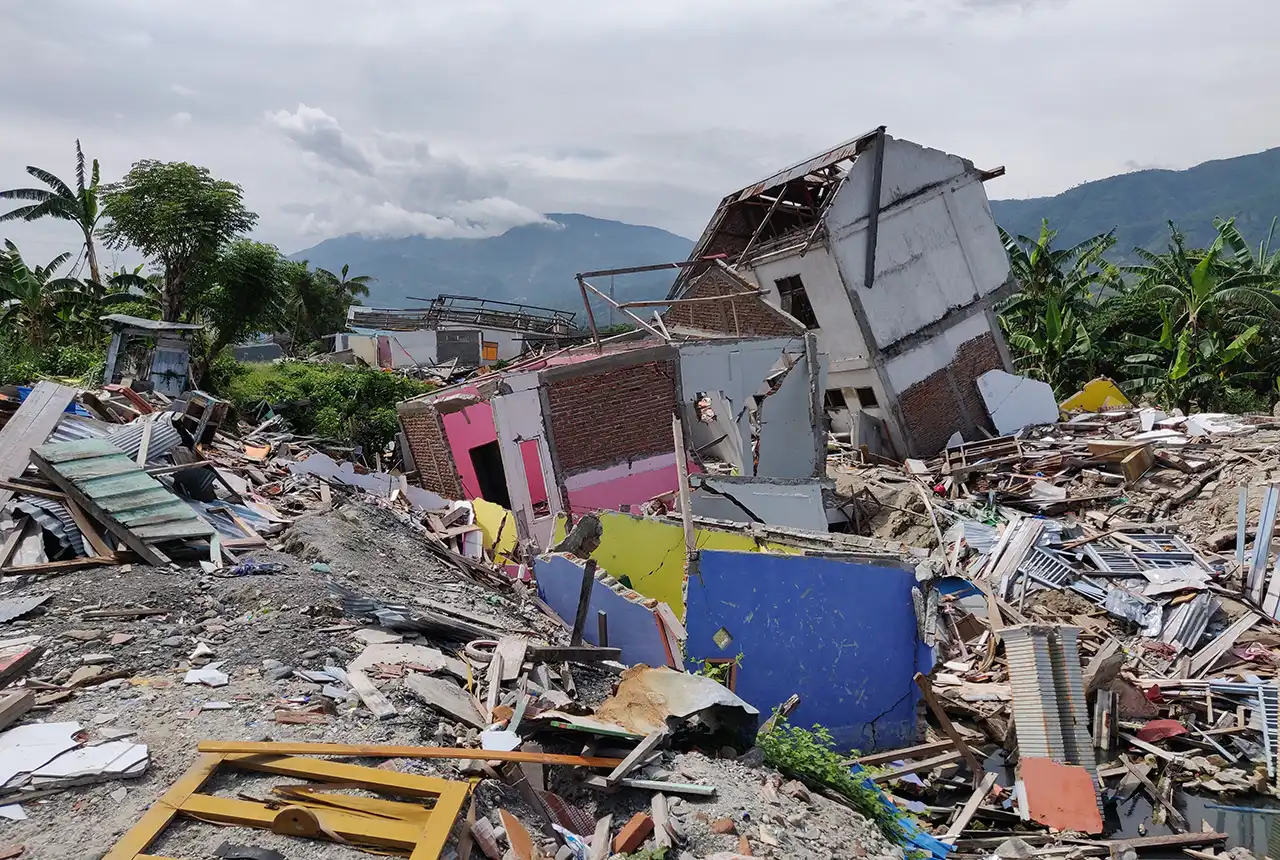
New report sets pathway to reduce the impacts of geohazards in one of the world’s most hazard-prone nations
30/09/2025
A new White Paper, co-developed by Indonesian and UK hazard experts, presents a strategic roadmap to significantly reduce the impacts of geological hazards in Indonesia.
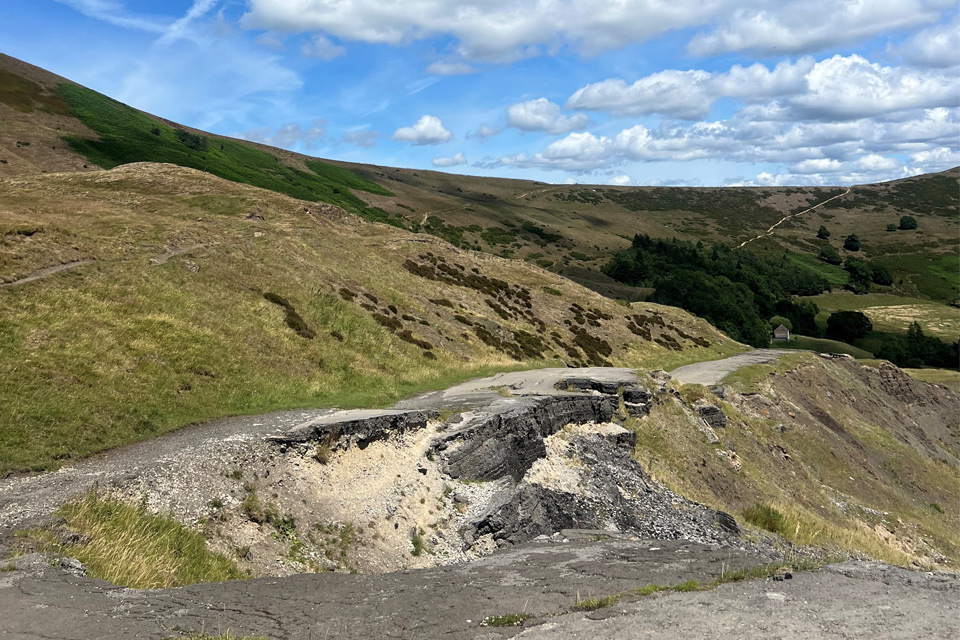
Artificial intelligence helps scientists identify 3000 moving slopes potentially at risk of landslide
25/09/2025
A new approach that combines AI and satellite data has been used by scientists to detect actively moving landslides at a national scale.
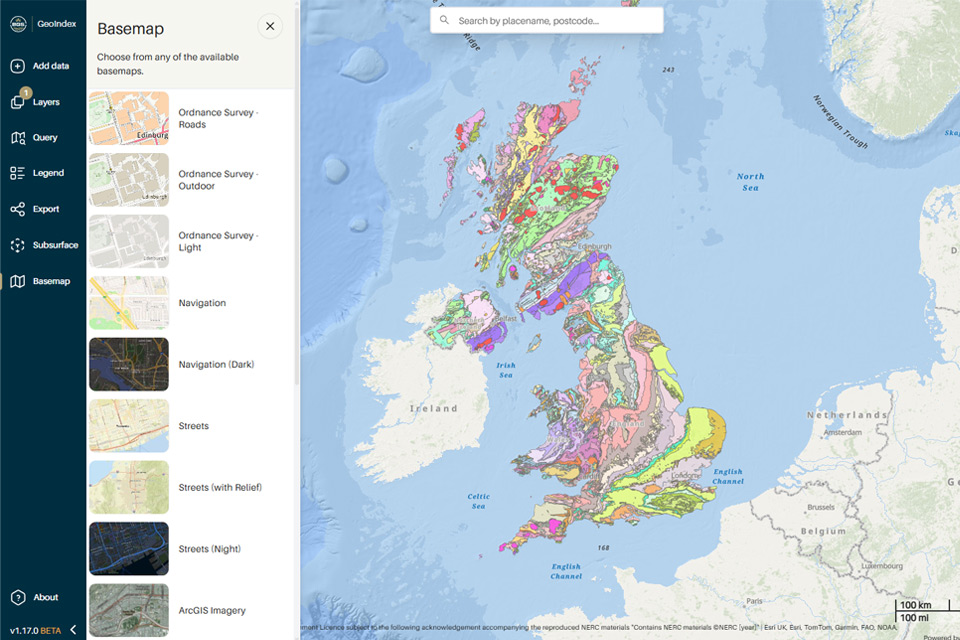
New BGS GeoIndex viewer released for user testing
24/09/2025
The premium map-viewing application has been given a major upgrade and made available as a beta release.

UK scientists in awe-rora as national coverage of magnetic field complete for the first time
23/09/2025
New sensors being installed across the UK are helping us understand the effects that extreme magnetic storms have on technology and national infrastructure.
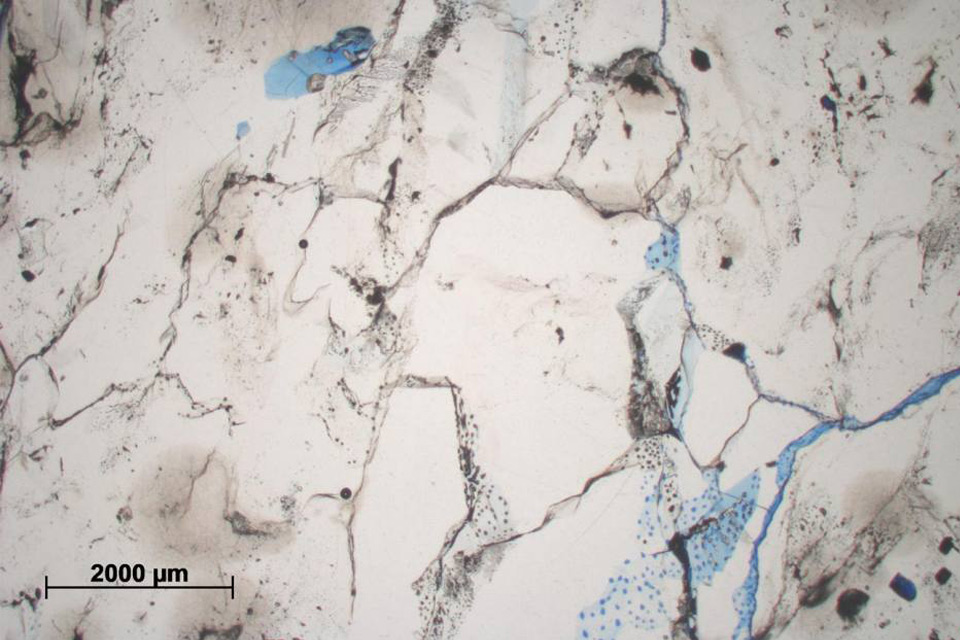
Funding awarded for study on hydrogen storage potential in North Yorkshire
22/09/2025
A new study has been awarded funding to explore the potential for underground hydrogen storage near the Knapton power plant.
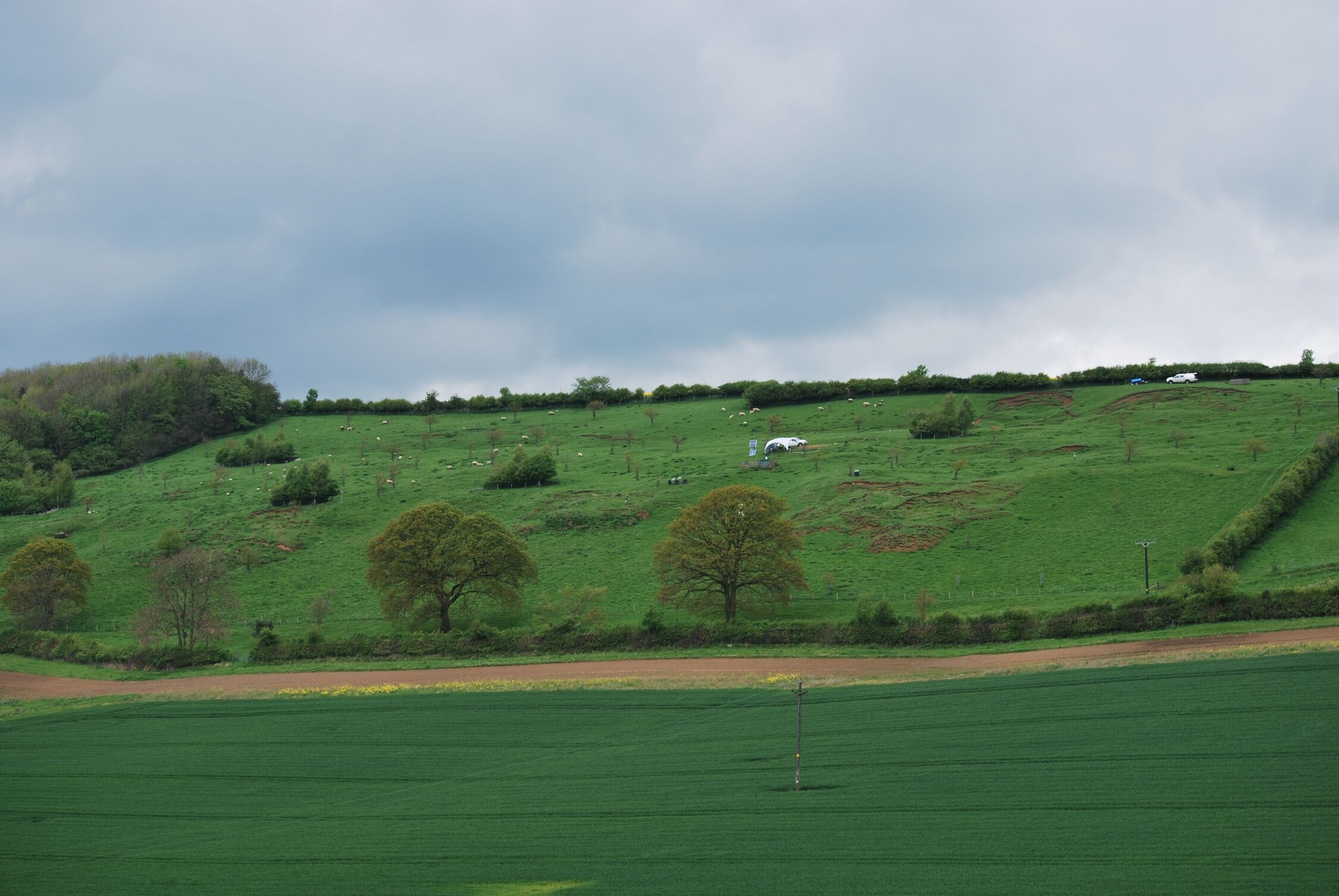
BGS-led paper scoops prestigious award
16/09/2025
New research providing earlier warnings of landslides has been awarded the British Geotechnical Association medal.
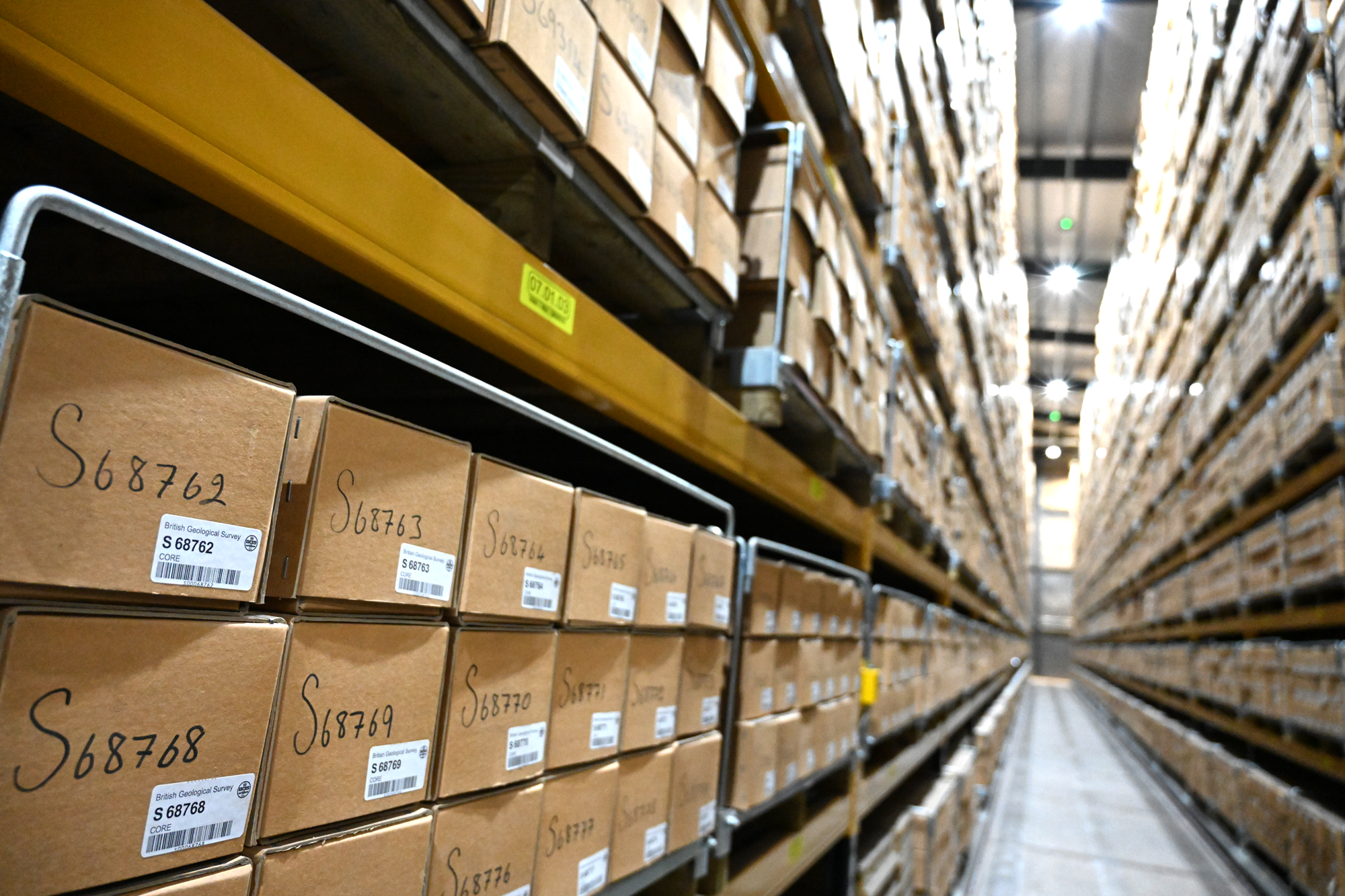
Why do we store geological core?
11/09/2025
With space at a premium and the advance of new digitisation techniques, why does retaining over 600 km of physical specimens remain of national importance?

New seabed sediment maps reveal what lies beneath the waves
03/09/2025
Marine ecosystem science and offshore infrastructure will be boosted by a new dataset showing sediment composition across the UK continental shelf.

New geological ‘pathways’ discovered beneath Welsh capital
02/09/2025
Scientists have discovered cavities in the clay underneath Cardiff, which will influence the siting of future geothermal developments.


